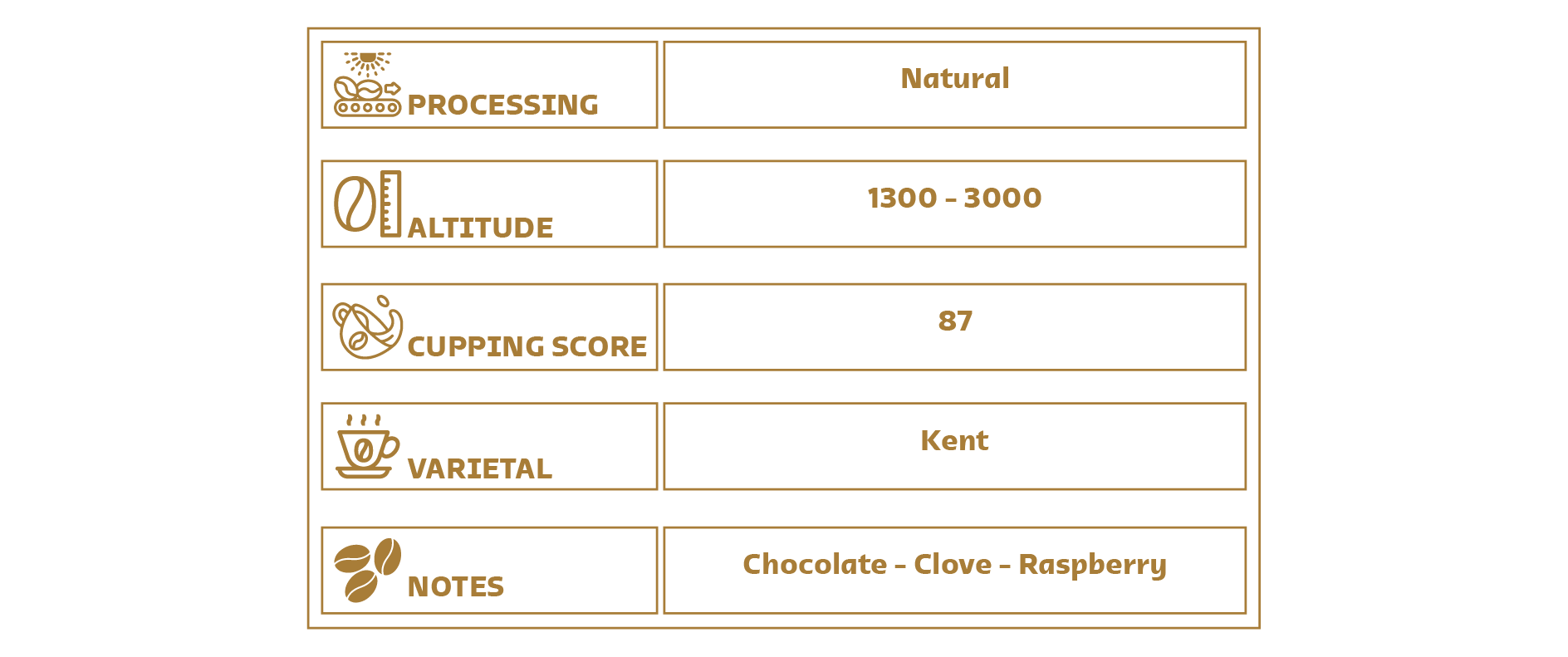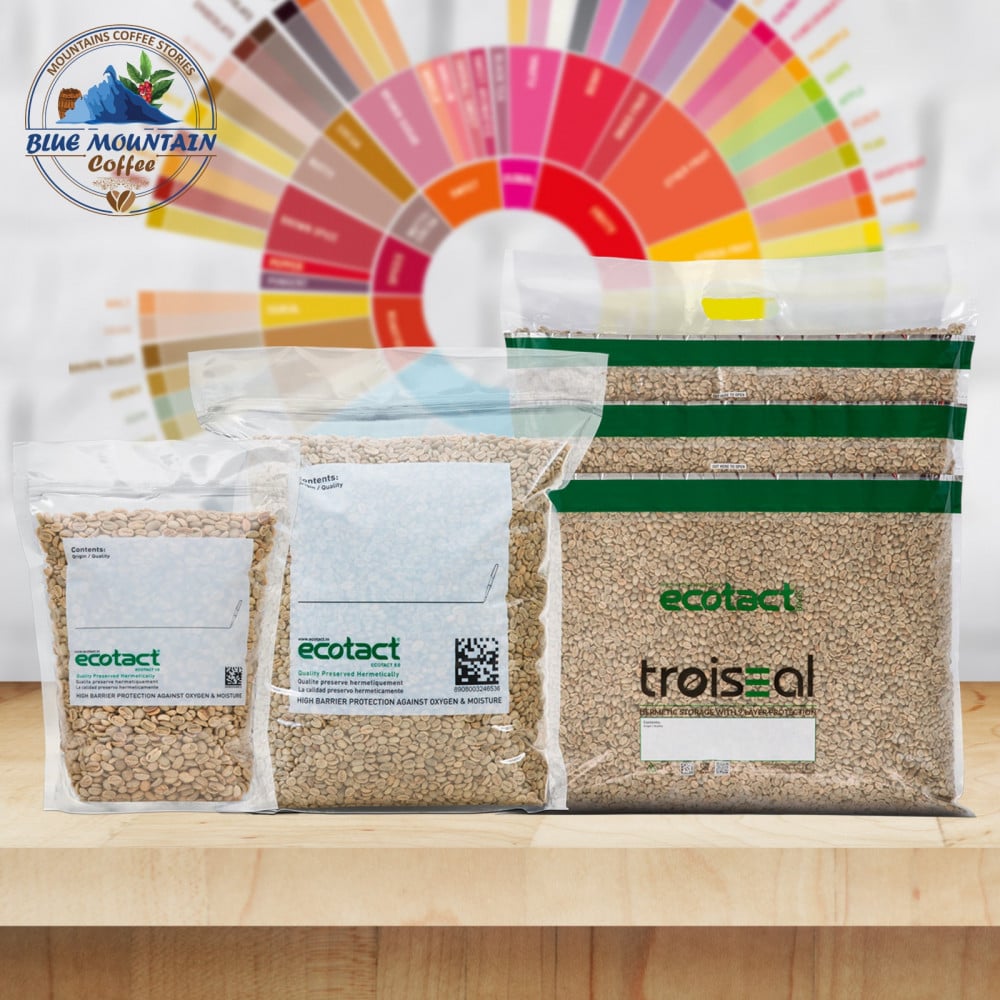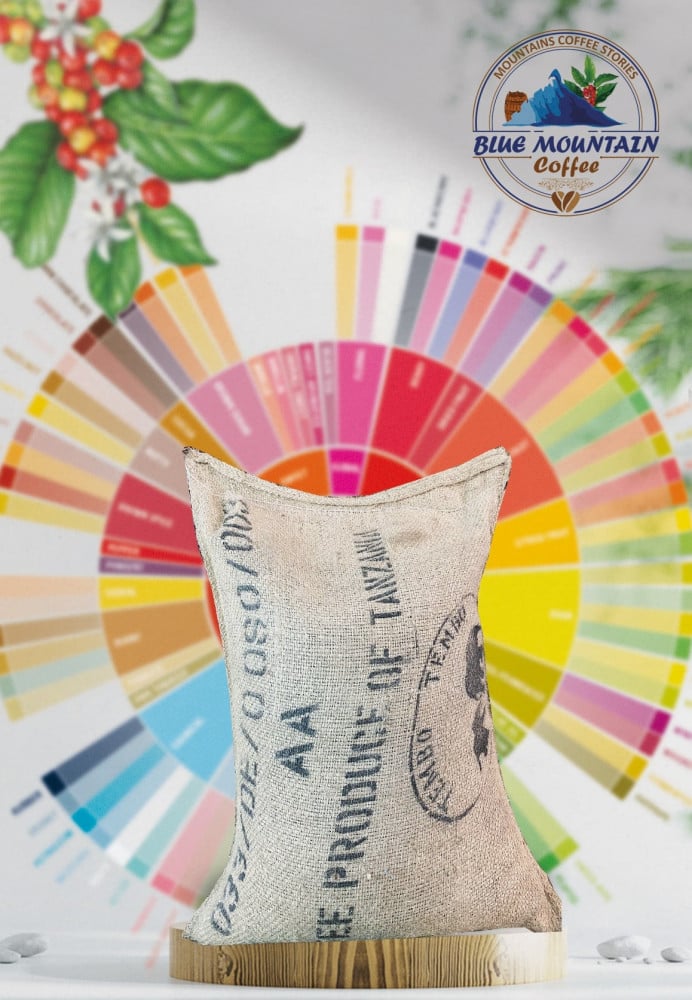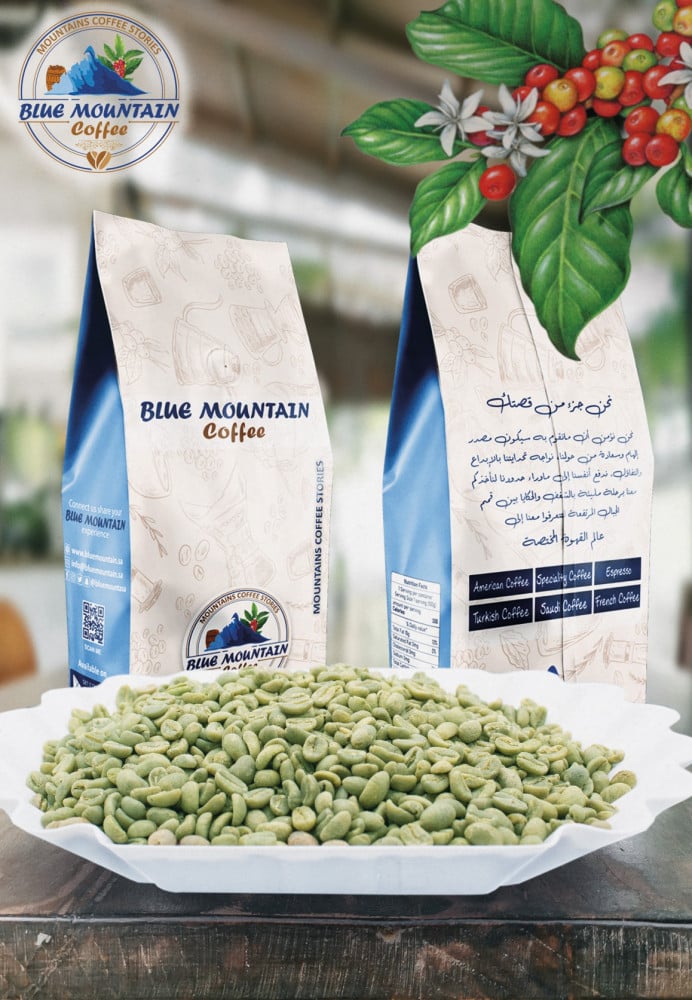
Coffee was introduced to Tanzania from the Réunion, a French island off the east coast of Africa formerly known as Bourbon. Although it arrived as early as the 16th century, it did not receive major attention in the region until the arrival of German missionaries some 200 years later.
Since the 19th century, coffee has been one of the most important exports in the country. It only makes up 0.7% of the global coffee trade, but it is the largest export crop in Tanzania – and has only recently been overtaken by other industries, such as tourism and mining. Some 90% of the arabica produced in the country is washed. After processing and drying, however, coffee is then graded. Tanzania has its own grading system with a dozen individual grades: AAA, AA, A, B
Northern coffees tend to be pleasant in aroma, rich in acidity and body, and sweet taste with balanced flavors due to mineral nutrients from volcanic soils.
Southern coffees are characteristically medium body and fine acidity with good fruity and floral aromatic taste
Percentage of World Market: 0.56%
Harvest: July-February
Process: Washed
World Ranking as a producer 16th
Main types: Arabica, Bourbon , Kent, Nyassa



